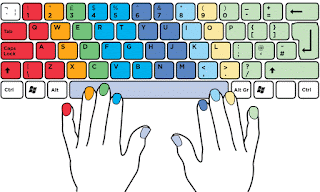Reductio Ad Absurdum

"The reductio ad absurdum is god's favourite argument" - George Tyrrell This is a phrase which is used so often during the bootcamp at Go-Jek Engineering, that it has become one of the strongest tools in my arsenal while arguing about anything. It is also known as "reduce to absurdity". It is a mode of argumentation in which a proposition is disproven by following its implications logically to an absurd conclusion. The fallacy is in the argument that could be reduced to absurdity and "reductio ad absurdum" is a technique to expose the fallacy. This form of argumentation has roots in the Socratic method and has been used throughout history in formal mathematics, philosophical reasoning, debating, etc. One of the classic examples is the argument - "The earth cannot be flat, otherwise people would be falling off the edge.". This shows that it would be absurd to argue that the earth is flat. "Reductio ad absurdum" is o...




